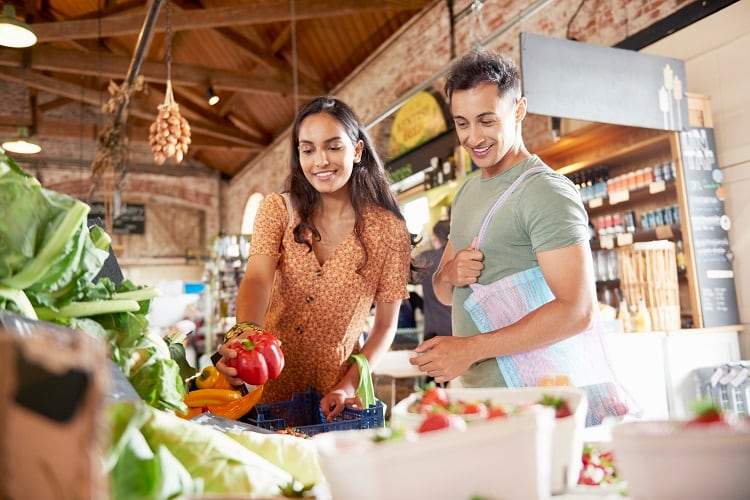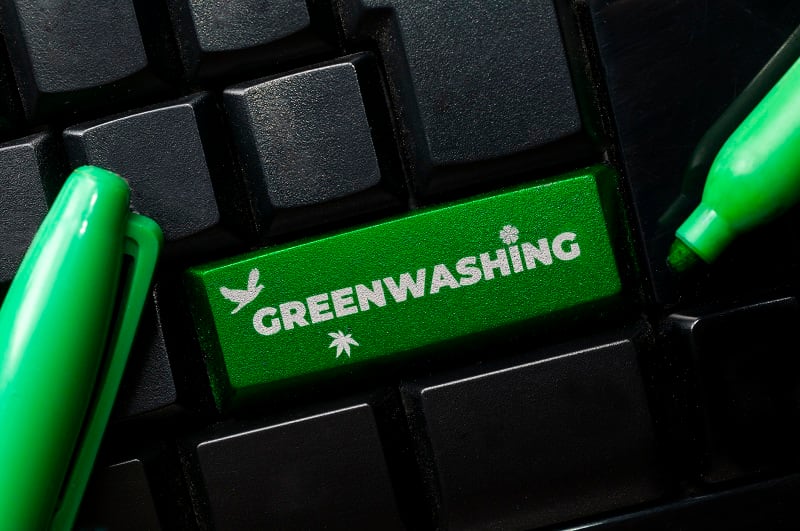Europe is facing a health crisis, with incidents of diet-related illness on the rise. At the same time, diets are negatively impacting planetary health.
How can consumers be empowered to shift to healthy and sustainable diets? Camille Perrin, Senior Food Policy Officer at the European Consumer Organisation (BEUC) says that consumer education is important, but ‘is not enough’.
Diets are neither healthy, not sustainable…
“Unfortunately in the EU, even though the recommendations for healthy eating are widely communicated to consumers, we are not quite there yet,” she told delegates at a recent European Food Forum (EFF) event.
A glaring example lies in Mediterranean countries, which traditionally follow a healthy diet rich in vegetables, fruits, legumes, nuts, beans, cereals, grains, fish, and unsaturated fats, while also being low in meat and dairy.
Nowadays, such countries are amongst those with the highest rates of childhood overweight and obesity, according to the World Health Organization (WHO).
The problem is EU-wide, however. When comparing consumption data to national dietary guidelines, Perrin noted that current red meat consumption levels in the EU significantly exceed – by almost two-fold – recommended intake levels.
Dairy consumption is slightly below recommended levels, according to Springmann et al’s 2020 findings. Fruit, vegetables, legumes, and whole grains also fail to reach guideline levels, suggesting an imbalance in red meat consumption compared to plant-based whole foods.
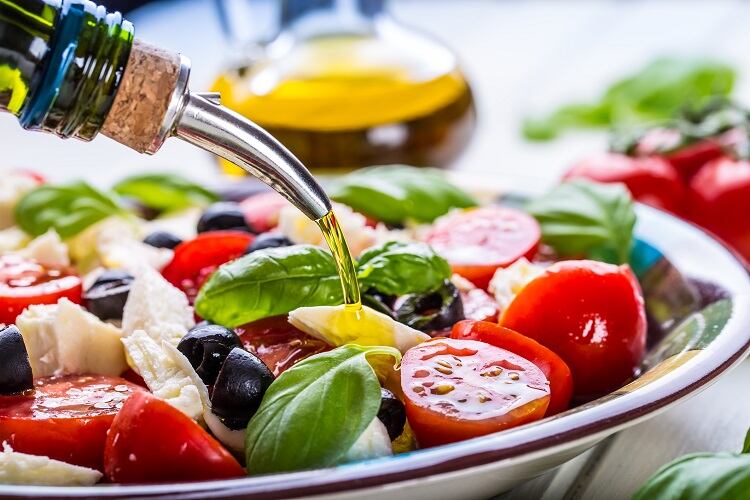
From an environmental standpoint, the current food system is also unsustainable. Worldwide, the food and beverage sector is responsible for roughly one-third of global greenhouse gas (GHG) emissions, according to the FAO. Within the European Union, the sector contributes to approximately 30% of total emissions.
Consumer confusion
The situation is not helped by consumer confusion over what ‘sustainable’ means in a food and dietary context.
In a 2020 survey conducted by BEUC, the organisation determined that consumers most associated sustainable food with low environmental impact (48.6%), limited use of pesticides and GMOs (42.6%), and with local supply chains (34.4%).
However, a 2021 barometer survey suggested different findings. In this survey, participants deemed ‘nutritional and healthy’ characteristics to be the most important for sustainable food. Other responses related to the limited use of pesticides, affordability for all, local or short supply chains, and low environmental and climate impact.
“So there is some confusion in consumers’ minds regarding what sustainable food is,” Perrin told delegates, adding that such confusion extends to the concept of sustainable diets.
In the same barometer survey, participants were asked what eating a healthy and sustainable diet involved. Close to 60% said they believe it involves eating a variety of different foods and eating more fruit and vegetables. “Only around one-third said that it involves eating meat less often,” noted the policy officer.
“In reality, shifting to plant-rich diets…is among the most significant steps consumers can take to eat more sustainably.”
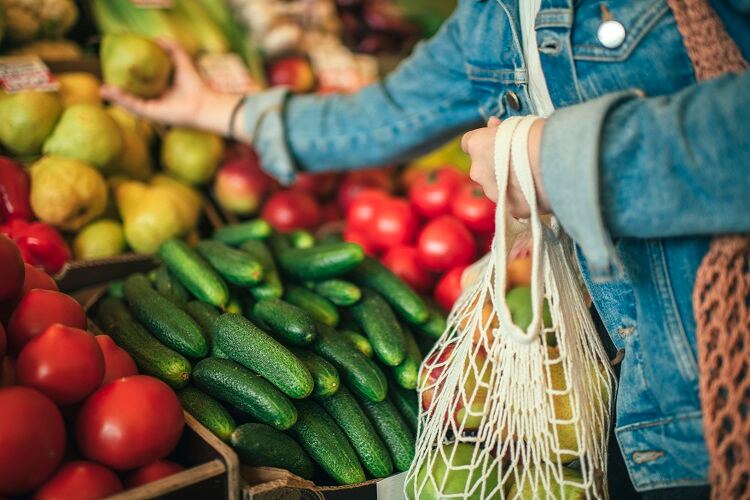
According to Dutch nutrition centre Voedingscentrum, generally speaking the greatest environmental benefits can be achieved by wasting less food; eating less meat and more sources of plant-based proteins, such as pulses and nuts; only eating what you need; and replacing alcohol, fruit juices and soft drinks with tap water, tea and/or coffee.
“So clearly, consumers do not realise which are the steps that could allow them to eat more sustainably,” Perrin continued.
Challenges and opportunities
The two surveys indicated barriers to adopting a healthy and sustainable diet, as well as some opportunities. For example, BEUC’s survey revealed that two-thirds of consumers are open to changing their eating habits that harm the environment.
According to a 2021 Special Eurobarometer survey, however, just 19% of EU citizens have actually changed their diets to incorporate more sustainable food. Concerning hurdles to adoption, price, lack of knowledge, and difficulty in identifying sustainable food options – as well as their limited availability – are perceived as key barriers to sustainable eating.
Data also indicated that reducing meat consumption can be quite challenging for consumers, with around 40% saying they have stopped, or cut down, eating red meat due to environmental concerns. Yet at the same time, consumption remains above dietary recommendations, Perrin stressed.
Given that consumers are hesitant to drop or reduce meat intake, the policy officer suggested the availability of ‘attractive alternatives’ is an important factor.
BEUC’s research also indicated that alternatives such as plant-based based burgers and traditional vegetarian foods could be welcomed by consumers, as they have ‘little appetite’ for insects and lab-grown meat.
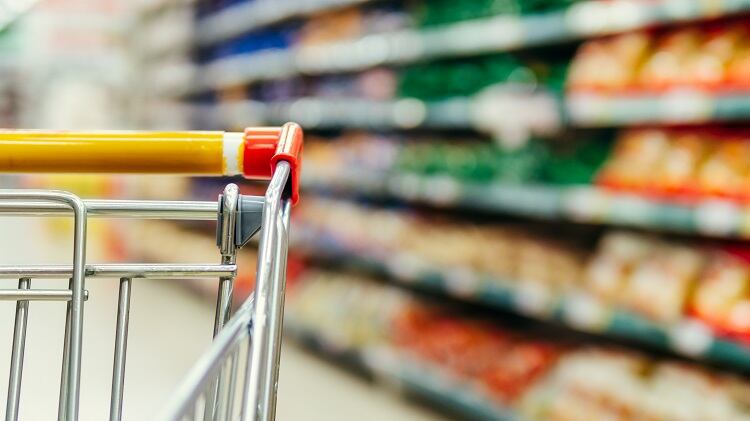
Consumer organisations, such as BEUC and its members, are doing their part in encouraging uptake of sustainable and healthy diets, Perrin continued. This can include offering consumers ‘practical advice’, raising awareness, and helping consumers visualise portions.
However, BEUC believes that the role of imparting information largely falls under the remit of authorities, and that governments need to look beyond consumer education to encourage uptake.
“We really think that a focus on consumer choice and individual responsibility alone will not be sufficient to deliver the changes experts say are required.”
‘Consumers need an enabling food environment’
An ‘enabling’ food environment is required to encourage the transition to healthy and sustainable diets, Perrin stressed. In such an environment, food is ‘greener’ and ‘healthier by design’, ‘healthy and attractive proteins are more available’, and the marketing of unhealthy food is restricted.
Further, in an enabling food environment, ‘there is no greenwashing’, and food prices ‘send the right signal’. “Food pricing is definitely an issue,” she continued. “If the healthier, sustainable food choice is more expensive, it does not really incentivise consumers to go for this option.”
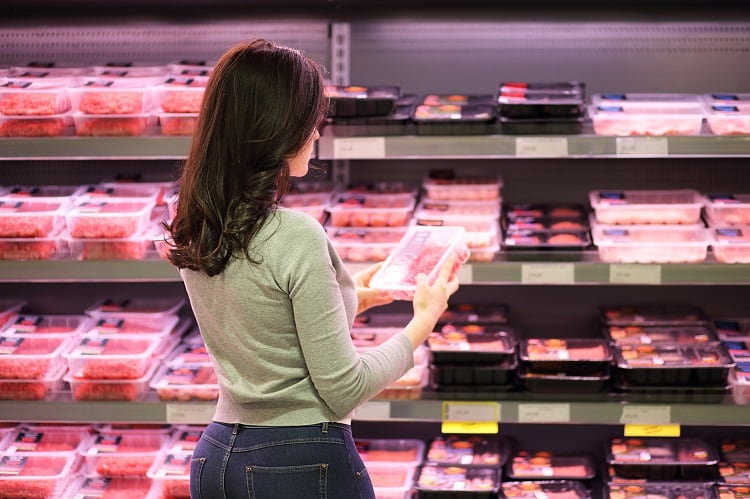
Ultimately, to achieve the European Commissions’ Green Deal and Farm to Form strategy goals, consumer dietary patterns and behaviours must change. Perrin believes that dietary adjustments could help mitigate potential price increases as a result of more sustainable practices.
“Consumers could consume smaller quantities of higher priced products, such as meat-based products…and consume higher quantities of less expensive products, including fruit and veg. This could be a way of mitigating higher prices,” she suggested.
Such a diet aligns with the ‘less and better’ approach, whereby populations consume less animal-based products such as meat and dairy, but select those that are of a higher nutritional and environmental standard. Modelling exercises have demonstrated that via such scenarios, said Perrin, ‘producing food sustainably in Europe is possible’.


